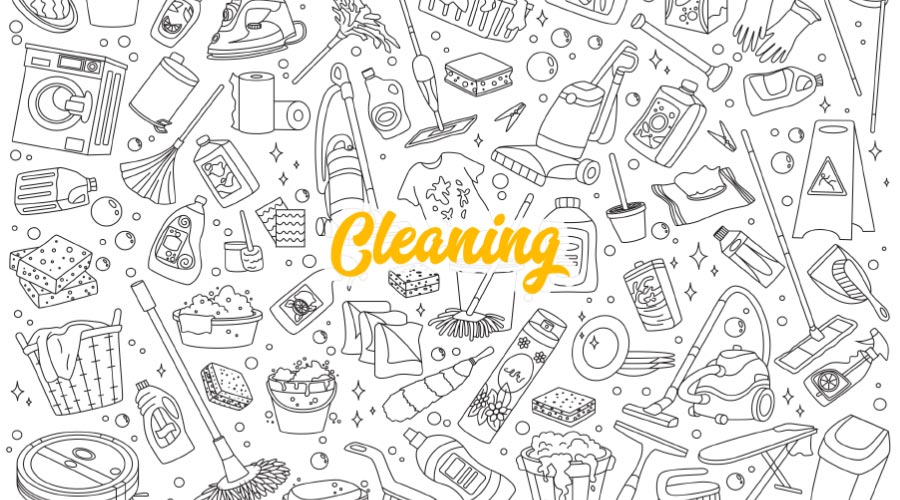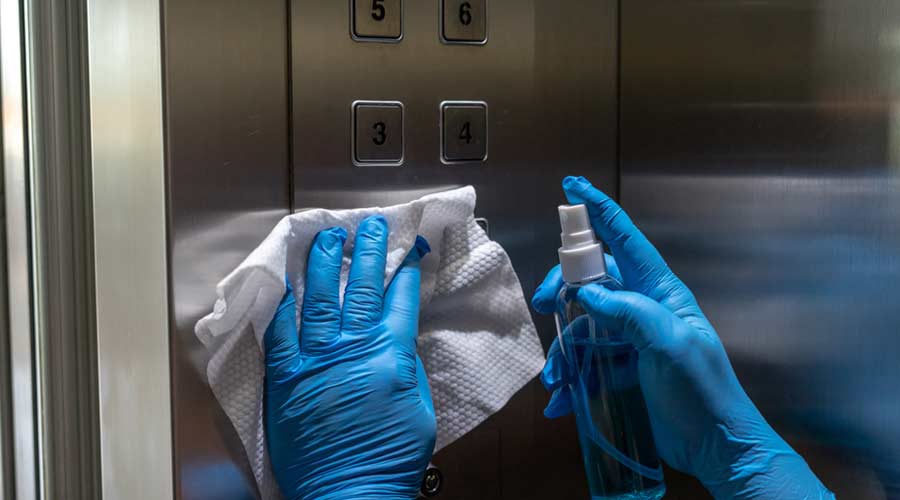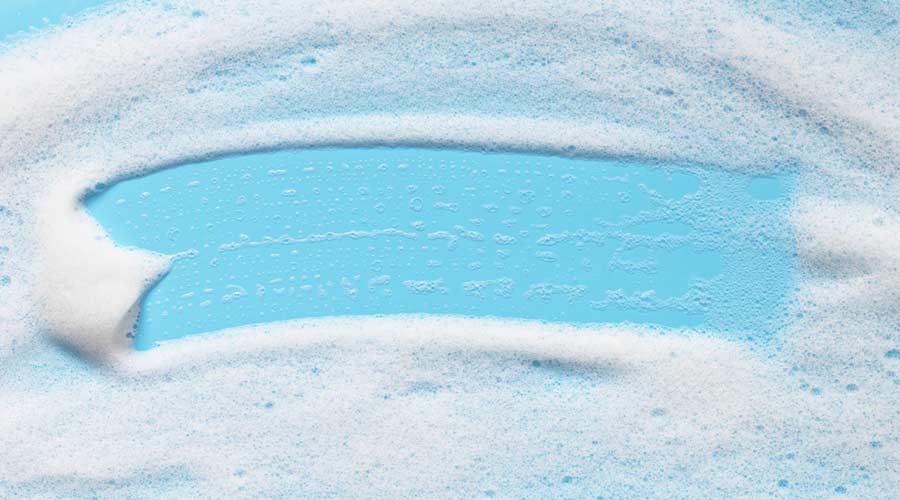
There's a lot of uncertainty surrounding product/equipment availability. Have you made any adjustments or contingency plans in the event that you have to pivot?
CROWELL: We continue to monitor the extent of how or if the availability of products will affect us. We are keeping in close contact with our vendors relative to supply chain issues.
KRAUSE: We haven’t made any adjustments at this point other than to stay on top of any impacts and maintain the flexibility to adjust our budgets as needed. We are a revenue-based operation, so our budget limitations are vastly different than some of our peers that may have stricter budgetary policies/procedures or reporting.
WALTON: We work collaboratively with the Wisconsin Department of Administration on things like this. As a government agency we have to be fiscally responsible with our taxpayers' money. We do have the option of a variable number of suppliers so that gives us a bit of flexibility in terms of getting what we need when we need it. We also have a robust program in place and much of our equipment is on site and has been in rotation for some time. When determining the need for big ticket items we again must adhere to a bidding process.
BOYD: I have reached out to our vendor and as of right now there are no immediate increases noted. To be on the safe side, I have strategically increased our budget for materials and supplies by 15 percent to allow a buffer so as not to have operations interrupted due to possible tariffs.
Technology is changing at a rapid pace. How have automation and robotics impacted your cleaning operations so far?
WALTON: I have previewed several pieces of autonomous/robotic equipment. We are looking at this in great detail because, again, the workforce is aging and can at times wax and wane. AI can only help your operations free up prized human capital to do more technical and detailed work, which is good in terms of quality control. I have a number of items that I can deploy but none are yet AI based. I am looking forward to the day when that changes.
KRAUSE: We haven’t implemented the technology yet, but I always expect that to be an option for us. I hope that we can take advantage of those options if they offer benefits to our staff and our operations.
MARTINEZ: We are actively exploring several automation technologies to enhance our cleaning operations. These include robotic floor scrubbers for large open spaces, and cloud-based task management software that integrates with IoT-enabled equipment. Our goal is to improve efficiency, reduce manual workload, and ensure consistent cleanliness standards. We are currently in the pilot testing phase with a few vendors and evaluating their cost-effectiveness and ease of integration.
BOYD: Though we have thought about moving towards more automation and robotics, the team will need more basic technology before we are ready to move in this direction.
Robotics, Internet of Things (IoT), sensors, software, engineered water, etc. What technologies do you think have the potential to improve in-house operations and why?
BOYD: I believe a combination of all has the potential to improve in-house operations. However, robotics can help clear the way to help with increased cleaning standards by allowing other detailed tasks to get completed on a more frequent schedule.
WALTON: We have recently been using an asset management system. We have a large park, and it has a variety of buildings and spaces. Keeping track of our assets and what needs repair and work orders provides us with a comprehensive snapshot of what we do and how much capital we spend executing things. It can give us justification for big purchases and really determine if better models are out there that may suit our needs. It's about efficiency and sustainability.
This is what I think the future of custodians will look like. Not only are they doing the basic things like keeping buildings clean, but they are preventing them from becoming ruins by managing and keeping track of damage everyday use can have in a space. They take their attention to detail and apply it to the larger space and work with other individuals vested in how that building or space fairs.
I work closely with trades and engineers. It is a holistic approach to buildings that I think needs the different perspectives. I also think AI will continue to grow, acclimate and be massive in operations. Streamlining is important in such a fast-paced world.
CROWELL: Real time work order entry and monitoring is being utilized and increased currently.
KRAUSE: I know that engineered water can improve in-house operations as we use it and have been using a water-based cleaning system since 2012. We also use software in our submission and recording of maintenance and other repairs needed.
Has green cleaning and ESG (Environmental, Social, Governance) become commonplace in cleaning, or is this still a luxury driven either by custodial operations personnel or building occupants?
BOYD: I will not say that ESG is a commonplace, but there is more knowledge about the positive effects on the environment and on individual health. As time goes on and sustainability efforts are more common, green cleaning will then become mandatory across the cleaning industry.
WALTON: I think sometimes a bit of both. How much tech you have largely has to do with budget. Learning about green cleaning, getting certifications, and sending custodians to be trained all takes financial capital, and sometimes not having adequate funds can temper that aspect of your cleaning program. In that regard, it is a luxury. What I think is commonplace is that many products that were previously only sold via distributors can now be found on big box store shelves, and access to the internet can yield a lot of knowledge.
CROWELL: I think it has become more integrated into chemical utilization. As it has become more accepted, I believe pricing and utilization will grow.
MARTINEZ: Green and ESG-aligned cleaning is no longer a luxury but a growing expectation — especially here in Salt Lake City School District where we have a Sustainability Action Plan that requires the district to have a comprehensive green cleaning and integrated pest management (IPM) program. The future points to more regulation, better technology, and deeper integration with holistic sustainability and worker well-being goals.
Current Cleaning Struggles and Industry Projections
Managers Look Ahead at Cleaning Demands

 The Down and Dirty on Cleaning in Virus Season
The Down and Dirty on Cleaning in Virus Season How Surfactant Use is Expanding in Commercial Cleaning
How Surfactant Use is Expanding in Commercial Cleaning